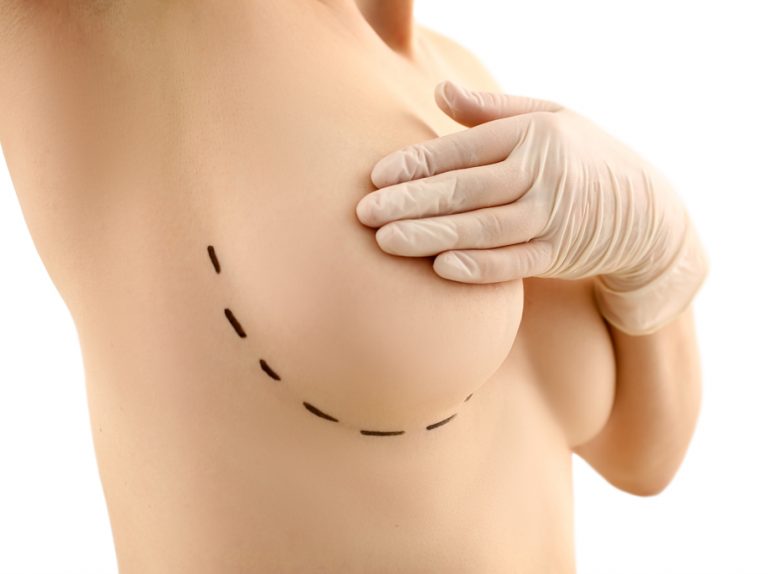Types of Body Fat Explained
Posted on: January 27, 2022
Table of Contents
Did you know that there are multiple types of body fat? Despite what you may think, fat is a necessary part of healthy body function. However, poor diet and lifestyle habits can causes unhealthy amounts of body fat, which leads to chronic illness and death. It’s important to understand the different types of body fat if you’re considering liposuction for body sculpting because certain types of body fat can only be addressed through diet and exercise.
Types of Body Fat
- Essential
- Subcutaneous
- Visceral
Essential Fat
Essential fat is the minimal amount of fat necessary for normal physiological function. Fat serves a number of important functions within the body including the absorption of fat-soluble vitamins A, D and E. Fat also helps to regulate our body temperature, blood sugar and hormones, and protects our vital organs. So you see…fat is not all bad.
The recommended percentage of body fat varies by resource, however, the consensus is that men need less than 10% and women need less than 15%. Women have a higher essential body fat requirement because of their breasts and uterus, but without enough essential fat, women are at risk for hormone irregularities including infertility or losing their period.
Subcutaneous Fat
Subcutaneous fat is the vanity fat. By this, we mean the fat that our patients are most bothered by because it causes undesirable hanging, bulging and dimpling. Subcutaneous fat is located between the skin and the muscle and responds to diet and exercise, or liposuction. For those with genetically stubborn fat areas, liposuction could be the only way to achieve your desired shape. Patients with more intense subcutaneous fat may experience skin laxity and stretch marks as a result; this can often look like an “apron” of fat and skin, which may be treated with Lipo-360 or a tummy tuck.
Visceral fat
While excess subcutaneous fat isn’t healthy, the truly dangerous fat is visceral fat. This is the fat that surround the internal organs and leads to extreme health complications and chronic disease. Because visceral fat is under the muscle layer, and between vital organs, this fat can not be treated with liposuction. The only way to reduce visceral fat is through healthy diet and exercise. Visceral fat often looks like a beer belly; it’ll be hard and taught to the touch verses soft and pinchy.
How do I know if my fat is subcutaneous or visceral?
Typically, one of the easiest ways to tell if the fat that is bothering you is subcutaneous or visceral is the “pinch test.” If you’re able to pinch the fat, it’s likely subcutaneous and may be treatable with liposuction.
Chronic Disease Associated With Excess Visceral Fat
- Type 2 Diabetes
- Heart Disease
- Heart Attack
- High Blood Pressure
- Thyroid Issues
- Cancer
- Liver Disease
- Kidney Disease
- Stroke





